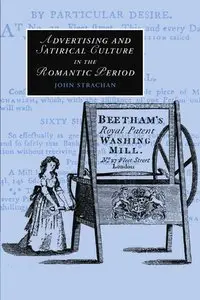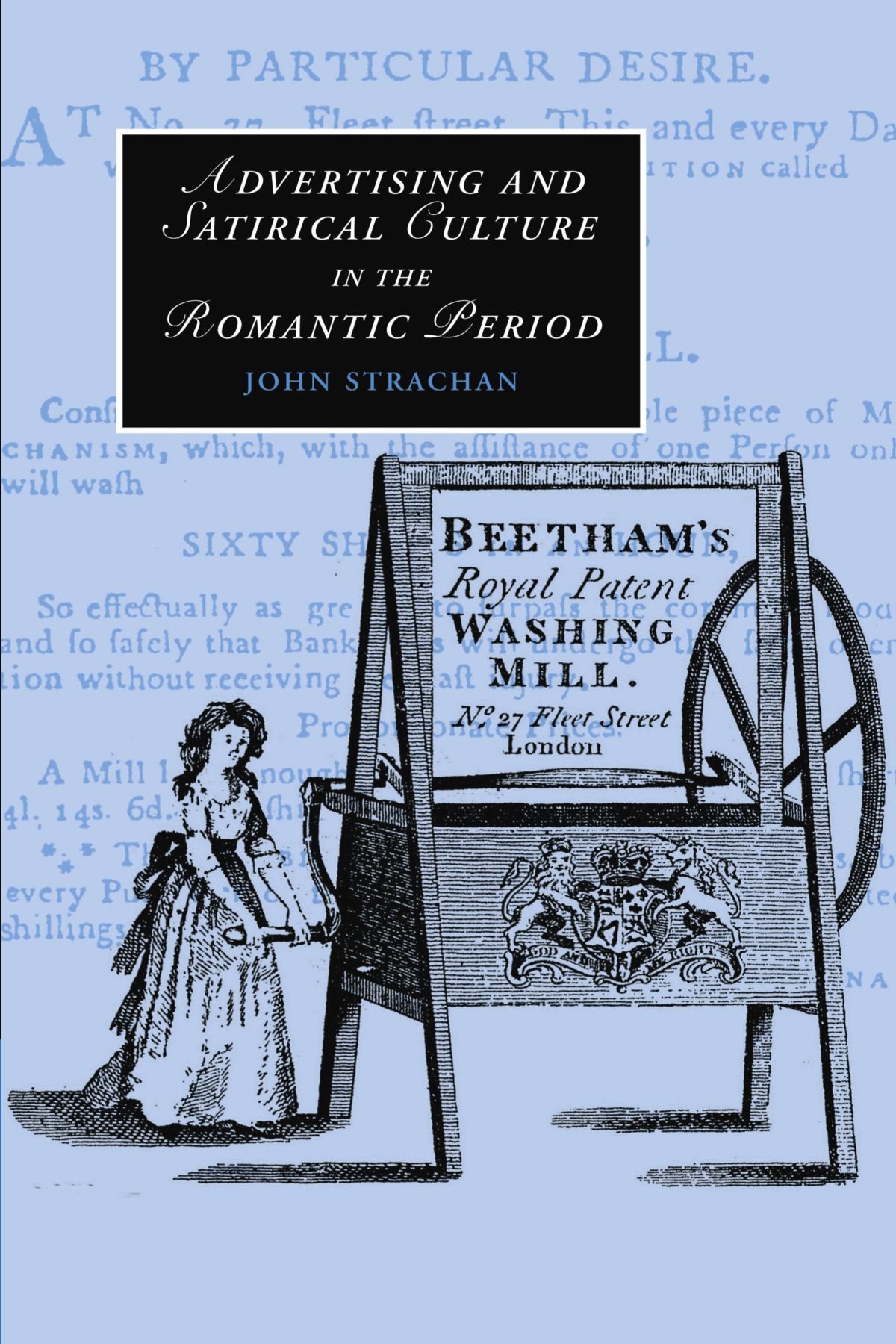Advertising and Satirical Culture in the Romantic Period by Professor John Strachan
English | Feb 4, 2008 | ISBN: 0521882141, 0521293065 | 368 Pages | PDF | 16,1 MB
English | Feb 4, 2008 | ISBN: 0521882141, 0521293065 | 368 Pages | PDF | 16,1 MB
Advertising, which developed in the late eighteenth century as an increasingly sophisticated and widespread form of brand marketing, would seem a separate world from that of the 'literature' of its time. Yet satirists and parodists were influenced by and responded to advertising, while copywriters borrowed from the wider literary culture, especially through poetical advertisements and comic imitation. This 2007 study to pays sustained attention to the cultural resonance and literary influences of advertising in the late eighteenth and early nineteenth centuries. John Strachan addresses the many ways in which literary figures including George Crabbe, Lord Byron and Charles Dickens responded to the commercial culture around them. With its many fascinating examples of contemporary advertisements read against literary texts, this study combines an intriguing approach to the literary culture of the day with an examination of the cultural impact of its commercial language.
"…[an] original, lucid, richly illustrated account…Highly recommended." –J.T. Lynch, Rutgers University, Choice
"…an extremely valuable contribution to our understanding of the late Georgian era-out of which something called the Romantic period continues to be constructed." –Steven Jones, Loyola University Chicago: The Wordsworth Circle
"Strachan's book makes an important contribution to the growing scholarship on what we might call popular Romanticism…Its great success resides in providing us a lexicon not just for talking about Romantic period advertising, but for reading it as an art in its own right and as a prevalent form of engagement with its socio-cultural context." –erudit.org W. Michael Johnstone, University of Toronto
"Drawing on a wealth of new research, Strachan shows brilliantly how advertising and art (especially satirical art) were in dialogue with each other in this period, in ways that we are still only beginning to appreciate." –Tom Mole,McGill University
"…an extremely valuable contribution to our understanding of the late Georgian era-out of which something called the Romantic period continues to be constructed." –Steven Jones, Loyola University Chicago: The Wordsworth Circle
"Strachan's book makes an important contribution to the growing scholarship on what we might call popular Romanticism…Its great success resides in providing us a lexicon not just for talking about Romantic period advertising, but for reading it as an art in its own right and as a prevalent form of engagement with its socio-cultural context." –erudit.org W. Michael Johnstone, University of Toronto
"Drawing on a wealth of new research, Strachan shows brilliantly how advertising and art (especially satirical art) were in dialogue with each other in this period, in ways that we are still only beginning to appreciate." –Tom Mole,McGill University



